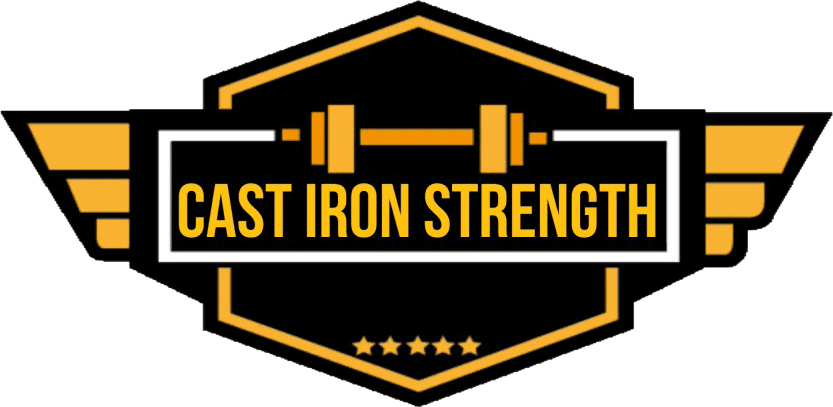Over this series of articles I will write about programmes that I come back to when ever set loading programmes have stalled out. What I have experienced in the past is that set loading protocols such as 3×5 or any other percentage based programmes is if you run them for long enough you will run into a plateau. This can obviously be overcome by perodising your approach by alternating sets x reps schemes over a number of blocks.
However I choose to use a more basic and in my experience much more productive approach. When I started training way back in the age old days of the early 2000s I had absolutely no idea what I was doing and still managed to progress pretty well. The handed down wisdom was you would perform the exercise for 3-4 working sets doing increasingly heavier weight for as many reps as you could over the four sets. Week to week you would try and add either weight or reps to each of the sets and hay presto that was the approach I used for near on 4 years before I became better acquainted with programming.
For pretty much the entirety of 2008 and the first half of 2009 I followed a 3×10 to 3×5 system very similar to one in which I outlayed in a previous article. I noticed huge gains in my bench press over a very short peroid of time (from 160 kg to 185 kg in 3-4 months at the start of 2009) these gains as you might expect instantly sold me on the prospect of set loading.
However after 2 unproductive 4 week blocks and another failed attempt in 2010 to recapture the magic of those fabled days of the excel induced gains have lead me to to the belief that set loading isn’t the best back bone on which to base your annual programming.
The approach on which I have fallen upon in recent years is to use a template that allows you to train from session to session trying to beat your last work out using a set of guidelines to provide some structure. This kind of training takes up the vast majority of my time. The rest of my training time is given to set programmes which always seem to work very well over 4-6 week periods but don’t seem to have the legs that a basic template can provide.
My Current Pressing Template.
Day 1
Strict Press – Base set/Heavy Reps Set/Optional PB attempt/Down Set
Close Grip Press – Build up in 5s to PB attempt Set
DB Shoulder Press – 2 x Heavy Rep Sets (8 to 12 reps range)
Body Building Triceps Work
Day 2 (3 days removed from pressing session 1)
Bench Press – Base Set/Heavy Rep Set/Down Set/Pump Set
Incline Barbell or Dumbbell – 2 x Heavy Rep Sets (8 to 12 reps range)
Bodybuilding Chest work.
Base set = A starting weight that you are looking to get up to 9/10 reps over the coming few weeks when you start this weight should be a very hard 6-7 rep weight. Over the coming weeks you will try and ass a rep or two to this and the following sets.
Heavy Set = +20 Kg for bench press and +10 Kg for strict press – looking for 1 to 3 reps usually when base set is at 9 or 10 you will be knocking out 3 or 4 reps.
Down Set = – 20 kg from base set for bench press and 10 kg for strict press – looking 10+ reps on this.
Pump Set = – 10 to 20 kg from down set and keep going till your chest falls off.
When the Base Set hits 9 or 10 reps add 5 kg to all sets for the next session.
If you find your stalling on a weight 2 weeks in a row -/+ 5 kg.
Work it 3 weeks of loading and 1 week off.
Off week can either be a max week or total rest do not perform ANY volume in off week.
This pressing template has taken my strict press from 90 kg to 130 kg in the last 7-8 months it has also taken my bench press from 160kg x 5 to 180 kg x 5 in the same time frame my top end on the bench has went from 180-185kg to 202,5 kg last time I maxed out touch and go (in April). My competition bench PB has went from 170 to 190 in the same time frame with absolutely no specific work.
I have had many such successes with others over the last year using this approach for pressing especially.
When you have an approach like this that has the legs to see you sustained gains with the back up of short periods of quick gains provided by set loading programmes you have an approach that should see you adding KGs to your total much into the foreseeable future.
Marc.


